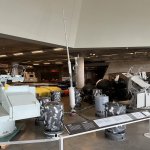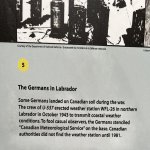Isoroku Yamamoto ,,Admiral of the Imperial Japanese Navy was flying in a Mitsubishi G4M “ Betty “ bomber when he was ambushed and shot down on Bougainville Island ,Papua New Guinea , (Operation Vengeance), April 18 1943, by US Army Airforce P38 fighters , who flew a 1000 mile flight , 600 miles to the intercept ,avoiding radar and Japanese personnel stationed in the Solomon Islands , 400 miles return flight
The P-38 is a good example of an aircraft that was perfect... In the right kind of fight. Did great over the Pacific - long range, great firepower. Extra engine to get you back to base instead of becoming shark food if you ditched. #### Bong racked up a heluva total with one during the Pacific campaign.
But... It was unloved over Europe. The Germans feared and respected it, but it just didn't mesh with the fighting style of the Allies over the continent.















































































